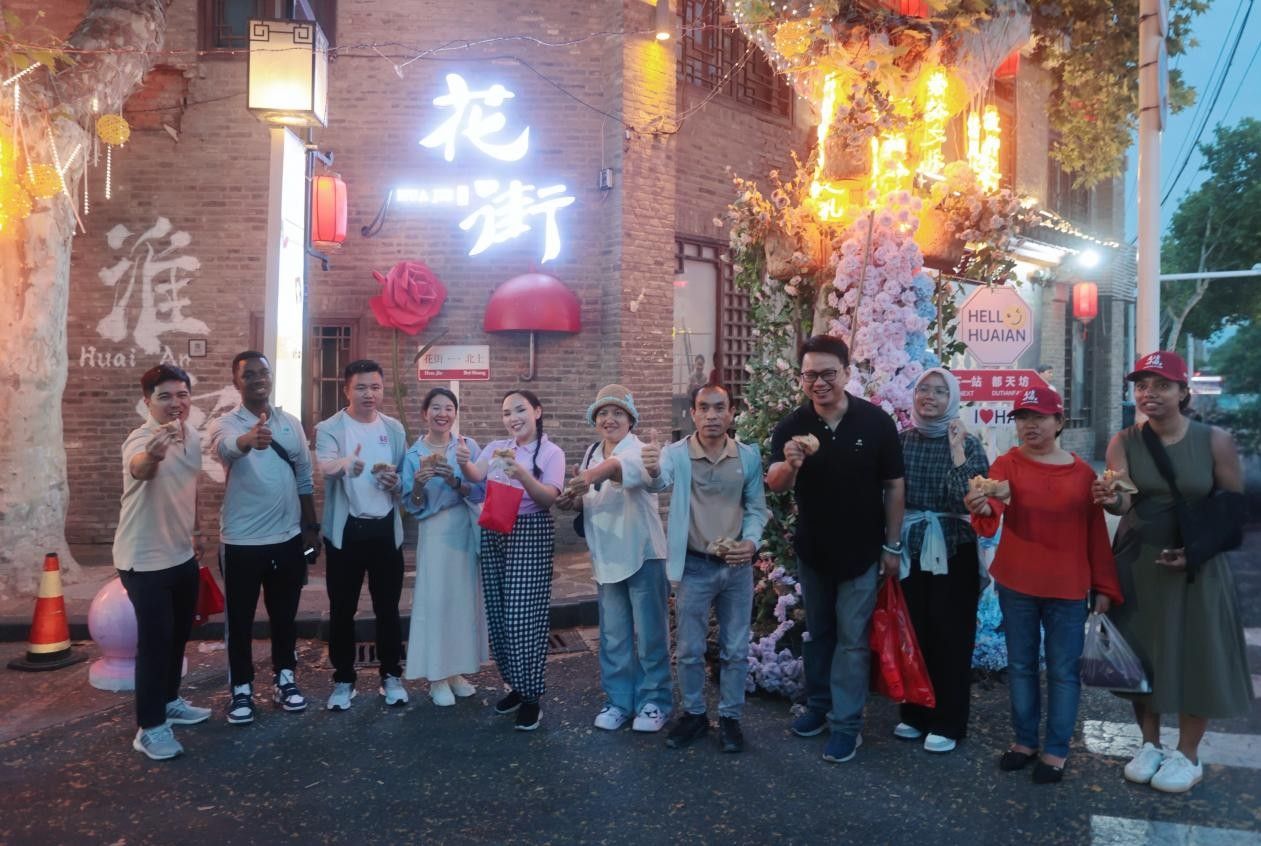Intelligent Construction Paves the Way for a New Future of Regional Cooperation
On September 15, the ASEAN-China Building Technology Exhibition opened at the Guilin International Conference and Exhibition Center in South China’s Guangxi. Under the theme “Building a Smart Future, Sharing a Better Life – China and ASEAN Join Hands to Create a Model for Human Settlements”, the exhibition showcased cutting-edge urban construction technologies and the outcomes of cooperation with ASEAN countries.
The ASEAN-China Building Technology Exhibition was one of the supporting events of the 2025 ASEAN-China Ministerial Roundtable on Construction. It was jointly organized by the Science and Technology and Industrialization Development Center of MOHURD, the Department of Housing and Urban-Rural Development of Guangxi Zhuang Autonomous Region, and the Guilin Municipal People’s Government. The exhibition brought together 22 companies from six ASEAN countries, including Cambodia, Vietnam, Thailand, and Laos, as well as 41 Chinese companies comprising Fortune Global 500 companies, listed companies, and industry leaders.
Smart Living: Tech-empowered Future Homes
The “Quality Housing” exhibition area presented a comprehensive solution for safe, comfortable, green, and smart living. A highlight was the green, smart home model, built around the building-vehicle-grid (BVG) integration concept. Steel-structured prefabricated intelligent construction demonstrates safe and stable design. Fully integrated smart home technologies showcase an intelligent, connected living environment, while interactive BVG systems illustrate green, energy-efficient practices. Assembled from four modular units in just 21 days, the model sets a new benchmark for green, low-carbon, intelligent, and safe housing.
Intelligent Construction: Tech-driven Innovation in Building
The intelligent construction exhibition area highlighted the latest technological innovations in the building industry. Shenzhen BrightMaster Robotics Co., Ltd. exhibited 12 types of construction robots, including indoor spraying robots and floor grinding robots. Its intelligent construction services are now operating nationwide in China and have also reached ASEAN markets, including Vietnam.
The Fourth Engineering Co., Ltd. of CCCC First Highway Engineering Co., Ltd. presented its “machine vision-based automatic rebar tying technology”, which operates three times faster than traditional manual methods.
Smart Urban Development: Tech-enabled Urban Management
In the smart urban development exhibition area, China Railway 18th Bureau Group Co., Ltd. showcased its “bamboo-winding utility tunnel”. This new type of underground utility tunnel is lightweight, corrosion-resistant, earthquake-resistant, and settlement-resistant, making it particularly suited to the climatic and environmental conditions of ASEAN countries. It has already been applied in projects including the South Bank District Irrigation of Xiaolangdi Multipurpose Dam Project and the rain-sewage pipeline network in Yulin, Guangxi.
Urban Safety: High-Tech Solutions Enhance Urban Resilience
The urban construction exhibition area showcased technologies for disaster prevention, mitigation, and emergency response.
Fujian Qiaolong Emergency Equipment Co., Ltd. presented its “Long Xi Shui” series of drainage and emergency vehicles. Designed for the heavy rainfall and typhoon-prone conditions of Southeast Asia, these vehicles provide multiple capabilities, including remote water supply, high-capacity drainage, and mobile dredging.
ASEAN-China Cooperation: Sharing Achievements in Technological Innovation
The exhibition served as a key platform for policy, technology, and talent exchange between China and ASEAN in the building sector. Chinese construction technologies have already been successfully applied in projects such as the Kuala Lumpur Signature Tower and Siem Reap International Airport. As urbanization progresses across the region, collaboration in intelligent construction and green building is set to deliver innovative solutions for tackling climate change and promoting sustainable development.
International Response: ASEAN Countries Recognize the Value of the Exhibition
After visiting the exhibition, Chu Jian, a fellow of the Academy of Engineering Singapore, commented, “I saw construction robots and artificial intelligence at work across the building process, including in intelligent monitoring. ASEAN countries, including Singapore, can look to these Chinese innovations for guidance and inspiration.”














